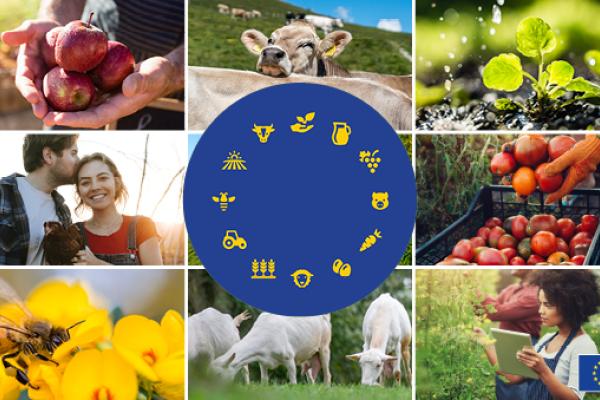Media and stories




Information on the delivery of the agricultural policy in each EU country with the CAP Strategic Plans and the EU’s CAP network.
Faced with an ageing farming population, the EU is stepping up its efforts to encourage young people to take up farming.
The CAP supports the vibrancy and economic viability of rural areas through funding and actions that support rural development.




Key figures
Indicators and datasets to monitor and assess food supply and security in the EU.
Market observatories were established to cope better with market volatility and to read market signals.
Short and medium-term market outlooks for agricultural commodities and food.
Summaries of price data for agricultural products and consumer foods at both EU and global level.
Data on the production and yields of various agricultural commodities and products in the EU.
Information on the EU’s agri-food trading relationships with partners around the world.
 Funding and tenders
Funding and tendersFunding opportunities and tendering processes for EU projects and initiatives.
 Consultations
ConsultationsConsultations for EU initiatives in agriculture and rural development.









